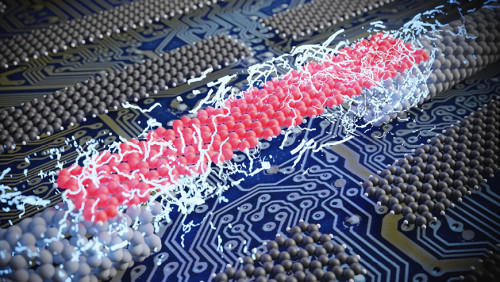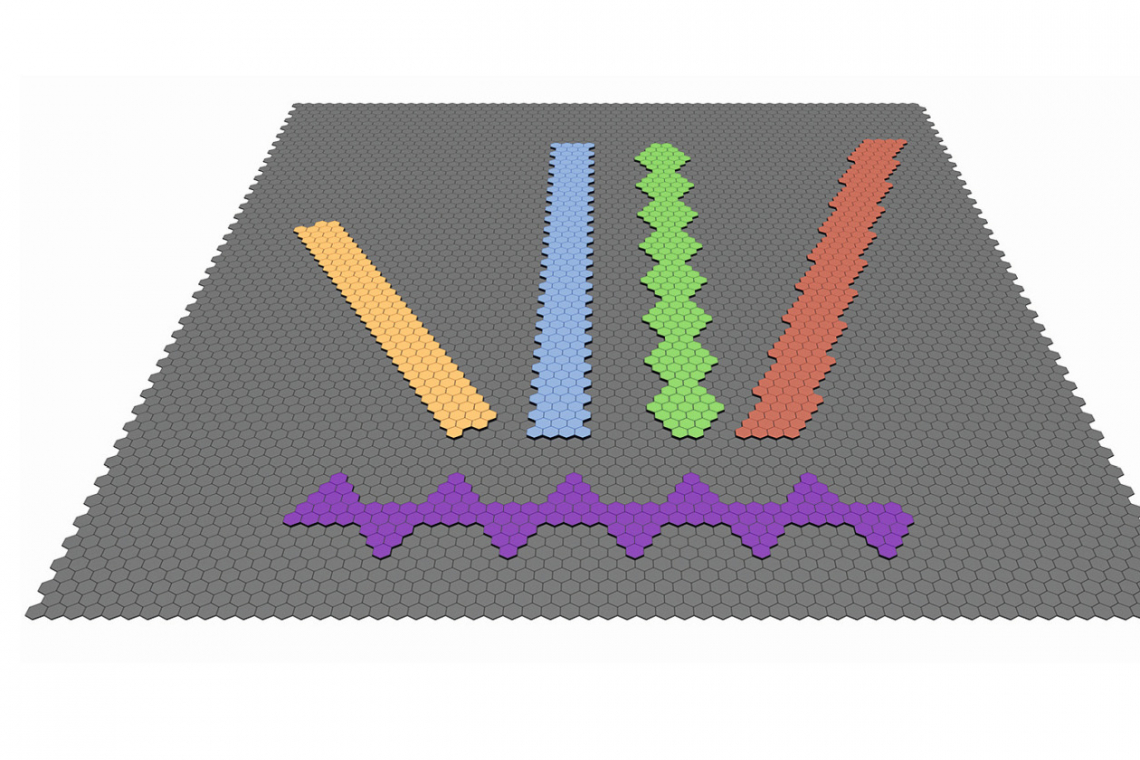Quantum materials are substances that exhibit pronounced quantum physical effects. One of these is graphene. This two-dimensional structural form of carbon has unusual physical properties, such as extraordinarily high tensile strength, thermal conductivity and electrical conductivity. If the already two-dimensional material is restricted even more spatially, for example into a narrow band, controllable quantum effects arise.
Researchers at Empa, Peking University and the University of Warwick have now succeeded for the first time in providing individual atomically precise nanoribbons with electrodes and making conductive contact with them. The researchers used equally small electrodes: carbon nanotubes with a diameter of just one nanometer. Both are grown on separate substrates and transferred to the same substrate in a multi-stage process.
 Together with an international team of researchers, Empa scientists have successfully provided individual atomically precise nanoribbons with electrodes (Image: Empa)
Together with an international team of researchers, Empa scientists have successfully provided individual atomically precise nanoribbons with electrodes (Image: Empa)
Measurements of the charge transport confirmed the success. Quantum effects are usually more pronounced at low temperatures, which is why the measurements were carried out at temperatures close to absolute zero in a high vacuum. The quantum properties of graphene nanoribbons are also very robust thanks to their extremely small size. The researchers expect them to be detectable even at room temperature. This could make it possible to develop quantum technologies that do not require a complex cooling infrastructure.


